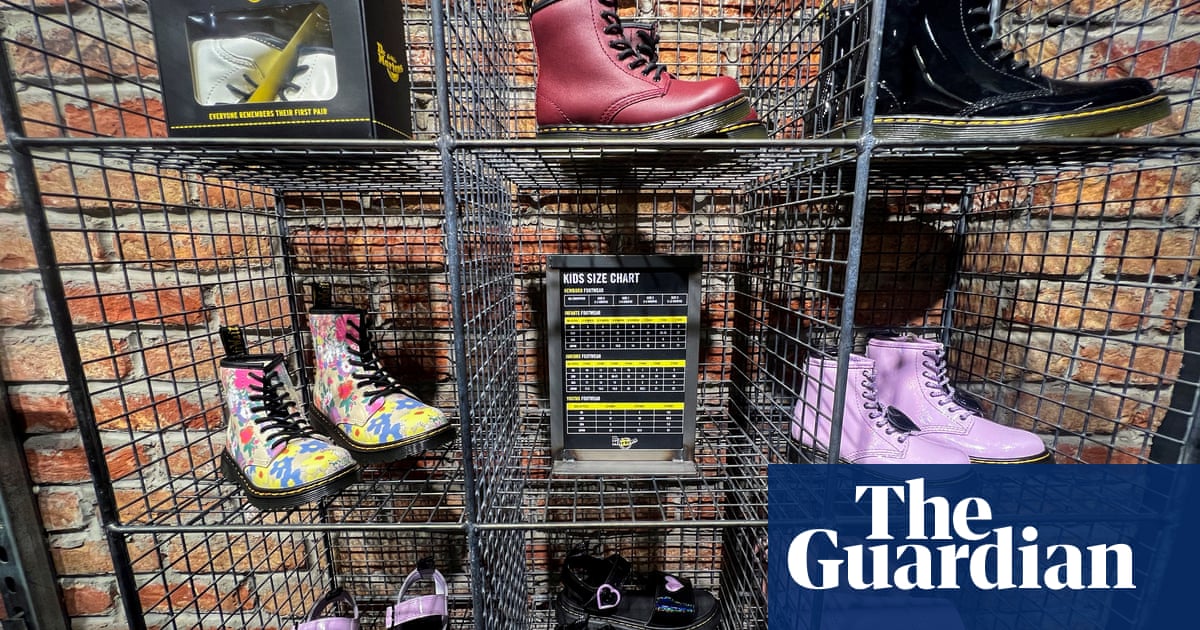Dr Martens has not ruled out another round of job cuts after revealing plans to slash up to £25m worth of costs to help counter weak US sales.
The British footwear brand said its latest cost-cutting programme will aim to save £20m to £25m by streamlining its operations and securing better supply contracts. Bosses will also boost âorganisational efficiencyâ, signalling that the company may consider job cuts across its 3,600 global workforce.
A spokesperson for Dr Martens said it was too early to say whether the cost-efficiency plan would result in job losses for its staff, who are spread across the world, including in the UK, Japan, Italy, Germany and the US. Further details will be outlined by executives in November.
It came as the boot brand, famed for its yellow stitching, revealed that profits tumbled 43% to £97m in the 12 months to March, with revenues having fallen 12.3% over the year. Its chief executive, Kenny Wilson, said the results were âas expected and reflect continued weak USA consumer demandâ which affected its wholesale and consumer business.
However, the company warned there was more pain to come, with group revenue expected to drop by 20% between April and September.
âWe are clear that we need to drive demand in the USA to return to growthâ from the 2026 financial year, Wilson said. âAnd [we] are executing a detailed plan to achieve this, with refocused and increased USA marketing investment in the year ahead.
âWe are also announcing a cost action plan across the group, targeting savings of £20m to £25m. I am confident that the actions we are taking as we enter this year of transition will put us in good shape for the years ahead.â
The boot brand has a wide fanbase and storied history, having originally been created in 1945 by a young German army doctor, Klaus Märtens, who designed an air-cushioned sole to help his recovery from a broken foot.
after newsletter promotion
They were later introduced to the UK in 1960, with their sturdy design gaining popularity among postal delivery workers and factory staff before being embraced by skinheads and punks.










